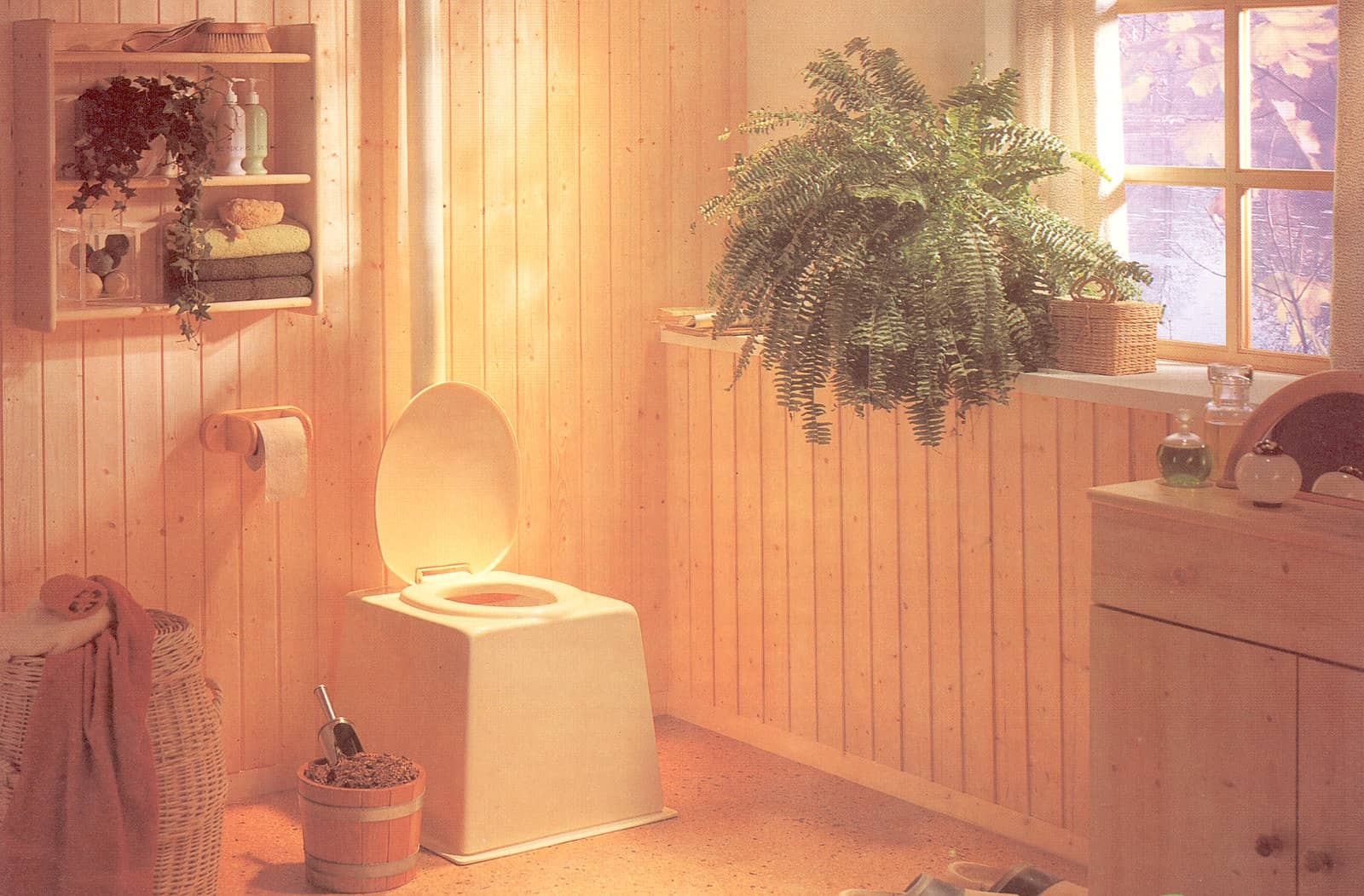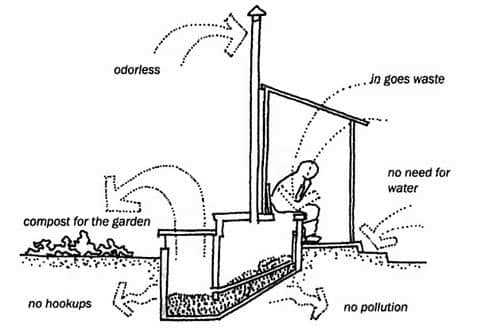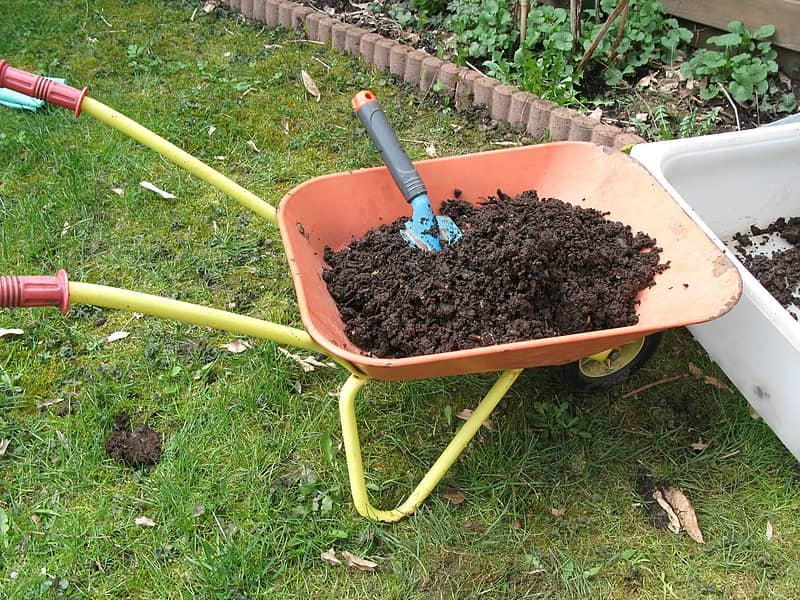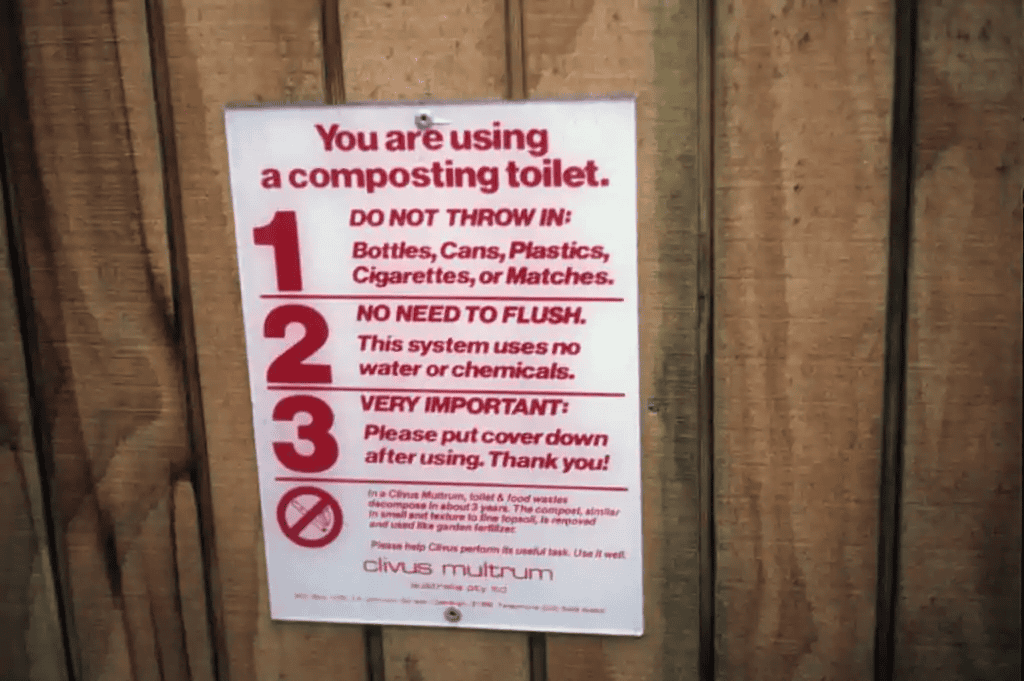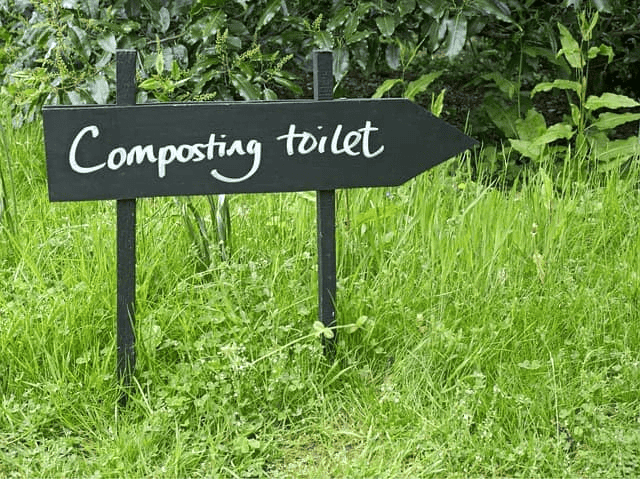Compost toilets: Doing your business off the grid, the guide.
Nowadays, you do not need to be an eco-warrior to help the environment. You just need a different place to squat and get business done. Most people do not want to or even need to know what a compost toilet is (I can already imagine the noses scrunching up at the non-existent smell). Nonetheless, compost toilets have emerged as an easy and effective solution for you and your private business; as an alternative to traditional flush toilets, compost toilets are gaining traction for their eco-friendly operation, water conservation, and suitability for those embracing the off-grid life.
The following guide will show the workings, legal considerations, benefits, maintenance, installation, waste management, and factors when selecting a compost toilet system. These systems are particularly praised for their ability to handle bathroom waste efficiently, offering significant environmental benefits and ease of installation.
What are compost toilets, and how do they work?
Compost toilets, also known as dry or ecological toilets, are part of a broader composting toilet system designed to convert human waste into compost through a natural decomposition process. Unlike regular flush toilets, which rely on water to transport waste to centralized sewage systems, compost toilets use organic carbon-rich materials such as sawdust, wood chips, or peat moss to cover waste after each use. This cover helps control odors and initiates the decomposition process. Compost toilets operate on the principle ofaerobic decomposition, facilitated by microorganisms like bacteria and fungi. When mixed with organic cover material, human waste creates an environment that helps microbial activity, breaking organic matter into nutrient-rich compost.
Are they legal everywhere, including in residential and commercial settings?
The legality of compost toilets varies depending on local regulations and building codes. While compost toilets are legal and approved in many areas, regulations on their design, installation, and use may differ. Some residential areas permit compost toilets, but the laws may be more stringent for commercial buildings. Before installing a compost toilet, it’s essential to research local regulations, obtain any necessary permits or approvals, and ensure compliance with building codes. Some local regulations may also require the installation of a greywater system as part of the compost toilet setup.
Can compost toilets produce usable compost for gardening?
Yes, compost toilets can produce high-quality compost suitable for gardening, landscaping, and agricultural applications. The compost produced by compost toilets is rich in organic matter and nutrients, making it an excellent fertilizer. However, it’s essential to follow proper composting practices to ensure the safety and effectiveness of the compost. This includes allowing the compost to mature for a sufficient period to eliminate pathogens and ensure stability before using it in gardening. Often, this process involves creating a compost pile where the material can mature and pathogens can be eliminated before use in gardening.
Are there any health risks associated with using compost toilets for human waste?
When properly maintained and operated, compost toilets pose minimal health risks. However, improper use or maintenance can lead to hygiene issues and potential health hazards. Most composting toilets are designed to minimize health risks by using slow composting and long retention times to reduce pathogens. It’s crucial to follow recommended guidelines for compost toilet operation, including covering waste with organic material after each use, maintaining proper ventilation, and regularly monitoring and maintaining the compost toilet system to prevent odors and ensure sanitary conditions.
What maintenance is needed?
Maintaining a compost toilet involves several key tasks to ensure its proper operation and hygiene
Regularly add organic cover material after each use to control odors and facilitate decomposition.
Monitor the composting process and adjust moisture levels as needed.
Empty compost bins when full and ensure proper compost maturation before use.
Cleaning and sanitizing the toilet seat and surrounding area regularly to maintain hygiene.
Inspect and maintain ventilation systems to ensure proper airflow and odor control.
Ensure the composting unit separates liquids and solids to prevent odors and maintain proper composting conditions. Divert urine to avoid anaerobic conditions and potential odor and vector problems in the composting unit.
Regular maintenance is essential to prevent odors, ensure sanitary conditions, and promote efficient composting.
Are there any special considerations for installing a compost toilet in a building?
When installing a compost toilet in a building, you should consider several factors to ensure its proper functioning and compliance with building codes:
Select a suitable location with enough ventilation, access to organic cover material (just saw dust is okay), and proper drainage.
Install ventilation systems to help aerobic decomposition and prevent odors.
Ensure proper sealing and insulation to prevent moisture buildup and potential structural damage.
Provide clear instructions for users on how to use the compost toilet properly and maintain proper hygiene.
Additionally, obtaining any necessary permits or approvals from local authorities and ensuring compliance with building codes and regulations is essential when installing a compost toilet.
Compared to a conventional toilet, installing a compost toilet can significantly reduce water usage and environmental impact, making it a more sustainable option.
What can go into a compost toilet, e.g., toilet paper?
Only biodegradable materials, including human waste, toilet paper, and organic cover material such as sawdust, wood chips, or peat moss, should be deposited in a compost toilet. Proper management of toilet waste, including both urine and solid waste, is crucial for the effective operation of a compost toilet. Non-biodegradable things such as plastic, sanitary products, and chemical-based cleaners should never be disposed of in a compost toilet, as they can disrupt the composting process and cause environmental harm.
How does urine get separated?
Some compost toilet systems incorporate urine separation to optimize composting and reduce odor. Various designs, such as urine-diverting toilets and dual-chamber compost toilets, can achieve urine separation. In these systems, urine is diverted from solid waste and collected separately for disposal or reuse.
Separating urine from solid waste helps reduce moisture levels in the composting chamber, promoting aerobic decomposition and minimizing odor. This is how composting toilet work: they are self-contained systems that do not require water, electricity, or chemicals, enhancing the system’s efficiency and hygienic nature.
What factors should be considered when choosing a composting toilet system?
When selecting a compost toilet system, consider several factors to ensure it meets your needs and preferences:
Capacity: Consider the number of users and frequency of use to determine the appropriate size and capacity of the compost toilet system.
The system should be able to handle not just human waste but also other household waste like kitchen scraps.
Design: Choose a design that suits your space constraints, aesthetic preferences, and functional requirements, such as self-contained units, split systems for urine diversion, or commercial composting toilets.
Ventilation: Ensure proper ventilation to facilitate aerobic decomposition and prevent odors, and consider ventilation options such as passive vents or mechanical fans.
Maintenance: Evaluate the maintenance requirements of the compost toilet system, including emptying compost bins, adding organic cover material, and cleaning and sanitizing the toilet unit.
Regulations: Research local regulations and building codes to ensure compliance with legal requirements for installing and operating a compost toilet system.
Conclusion
Compost toilets represent a sustainable and environmentally friendly alternative to traditional flush toilets. They offer off-grid sanitation solutions that conserve water, minimize pollution, and produce valuable compost for gardening and landscaping. By harnessing the power of natural decomposition processes, compost toilets transform human waste into a useful resource while promoting resource conservation and environmental sustainability. Compared to a traditional toilet, compost toilets significantly reduce water usage and have a lower environmental impact.
When installing and operating a compost toilet system, factors such as legal requirements, maintenance needs, waste management practices, and user education must be considered to ensure its safe and effective operation. Following recommended guidelines and best practices, individuals and communities can embrace compost toilets as a practical and eco-conscious solution for off-grid living or check out some other sustainable options. There simply isn’t a better throne for your off-grid home.

